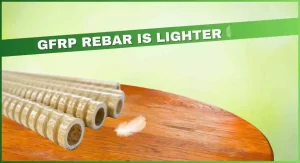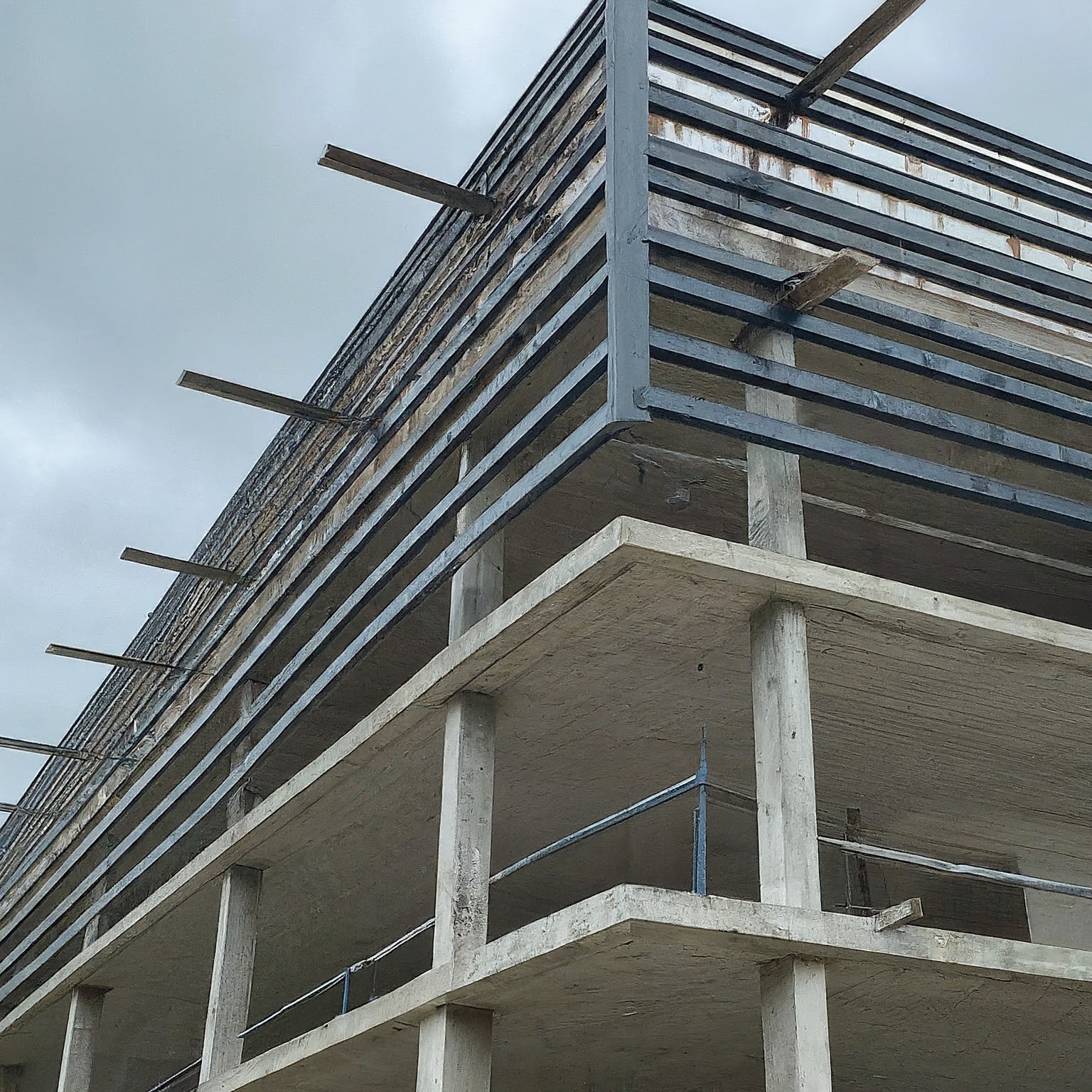It is going to be a constantly changing landscape of construction with the prospect of new materials and emerging technologies that will face challenges of sustainability, durability, and costs. One such innovation is Glass Fiber Reinforced Polymer (GFRP) rebar, increasingly being recognized for its potential to revolutionize residential construction. This blog explores the role of GFRP rebar in residential construction by focusing on its advantages and real-life applications as well as key takeaways from its usage.
The Urgency for Innovation in Residential Construction

What do you think of when you think of the basement of your house? Strength, durability, and safety are likely to head the list. But the conventional materials used to supply those qualities-steel rebar among them-do so at enormous expense. Housing construction has its unique challenges-challenges that require more than the ordinary.
Corrosion in Foundations and Basements: Groundwater, rain, or humidity. Eventually, this moisture will break through the steel rebar and appear on the concrete surface. Such cracks will weaken a structure, thus leading to costly repairs for homeowners. Those living in coastal areas or those characterized by a lot of humidity can tell tales of this phenomenon.
Environmental Impact and Sustainability Concerns: The high carbon footprint associated with producing steel rebar cannot be ignored given the overall thrust towards greener practices. It is also on the critical list to consider the energy-intensive process of producing steel, thereby increasing greenhouse gas emissions, which are at the forefront of modern sustainability goals.
Maintenance and Long-Term Costs: Houses are long-term investments, but the use of conventional materials like steel can be a source of perpetual troubles regarding maintenance. The cycle of repairs due to corrosion and wear and tear can deplete human and environmental resources. Time and effort lost in repairs affects the quality of a person’s life.
Why GFRP Rebar is the Game-Changer Residential Construction Needs
- Corrosion Resistance: Building for the Long Haul

Imagine a material that never rusts regardless of the amount of moisture exposure it may experience. GFRP rebar is just that material. It will resist the weakening effects of water, chemicals, and extreme temperatures. In the real world, this means strong foundations, basement walls, and other fundamental structural elements in residential construction for it would last long without constant upkeep.
- Lightweight and Easy to Handle: A Contractor’s Dream
GFRP rebar is light, at least in comparison with steel rebar—it can weigh up to 75% less. That might appear as a small thing, but in the construction industries, it’s a big deal. The lighter the materials, the fewer labor costs and faster completion times on construction projects. For contractors, it will mean doing less hard work, fewer injuries, and quicker completion of projects. For residents, it will mean arriving in homes sooner, fewer hassles, and fewer stressful situations.
- High Strength-to-Weight Ratio: Stronger Doesn’t Always Mean Heavier
Possibly one of the most impressive attributes of GFRP rebar is its high strength-to-weight ratio. Although it is extremely lightweight, GFRP rebar delivers powerful reinforcement, ensuring your home structure is without any issue whatsoever. Actually, GFRP rebar can offer tensile strength at or exceeding that of steel. It is quite an excellent choice for ensuring the long-term integrity and safety of residential buildings.
- Environmentally Friendly: Building with a Smaller Footprint
The production of GFRP rebar has a much lower carbon footprint compared to steel. For environmentally-conscious homeowners and builders, this is a significant advantage. By choosing GFRP rebar, you’re not just building a home; you’re contributing to a more sustainable future. Additionally, the durability of GFRP rebar means fewer repairs and replacements, further reducing the environmental impact over the life of the structure.
- Non-Conductive: Safety First
With electronics now being a part of many modern homes, electromagnetic interference can prove handy, especially in smart homes that are full of electronic devices. GFRP rebar is non-conductive; that is, it will not interfere with your house’s electromagnetic environment. This is very important especially in residential locations where power levels of the transmission lines are high or in houses where electronic installations abound.
Real-Life Applications and the Future of Residential Construction

GFRP rebar adoption in the building industry seems very promising already, especially in residential constructions:
- Foundations and Basement Walls: The incidence of cracks and water leakage is dramatically reduced if homes have GFRPreinforced foundations. This is very useful in areas of flooding or high groundwater levels.
- Coastal Homes: In coastal areas, where seawater easily corrodes steel, GFRP rebar has proven to be a viable robust alternative. Building structures using GFRP-reinforced concrete makes them considerably more resistant to structural weaknesses afflicting their steel-reinforced counterparts in such environments.
- Eco-Friendly Homes: Due to the growing trend of green building, GFRP rebar is slowly evolving as a necessity to construct houses in an eco-friendly manner. Builders are making GFRP rebar their choice for various projects in order to reduce carbon footprint.
Key Takeaways: Why GFRP Rebar is the Future of Residential Construction

- Durability: Corrosion resistivity of GFRP rebar leads to longer-lasting structures with minimal maintenance headaches.
- Cost-Effectiveness: Higher upfront cost will be paid off with long-term savings in maintenance and repairs, making GFRP rebar a smart investment.
- Sustainability: GFRP rebar is well aligned with sustainability goals at the global level as it presents a lower carbon footprint and less exploitation of finite resources.
- Ease of Installation: Its light weight not only makes it lighter but also easier to install while accelerating construction, thus allowing for occupancy sooner.
Conclusion: Building Homes That Last
GFRP rebar is more than an alternative to steel; it’s a material that meets the very challenge that has long haunted residential construction. With superior corrosion resistance, impressive strength-to-weight ratios, and a significantly lower environmental footprint, GFRP rebar is poised to succeed where others have failed: as the new standard for building materials.
As a homeowner, contractor, or builder embracing GFRP rebar is not just a step towards better building practices-it’s a leap into the future of residential construction. The time to innovate is now—your home’s foundation will thank you for it.
Consider the long-term benefits GFRP rebar offers for new construction projects or renovations. Contact us today for more information on how GFRP improves the durability, sustainability, and overall quality of your residential construction projects.
